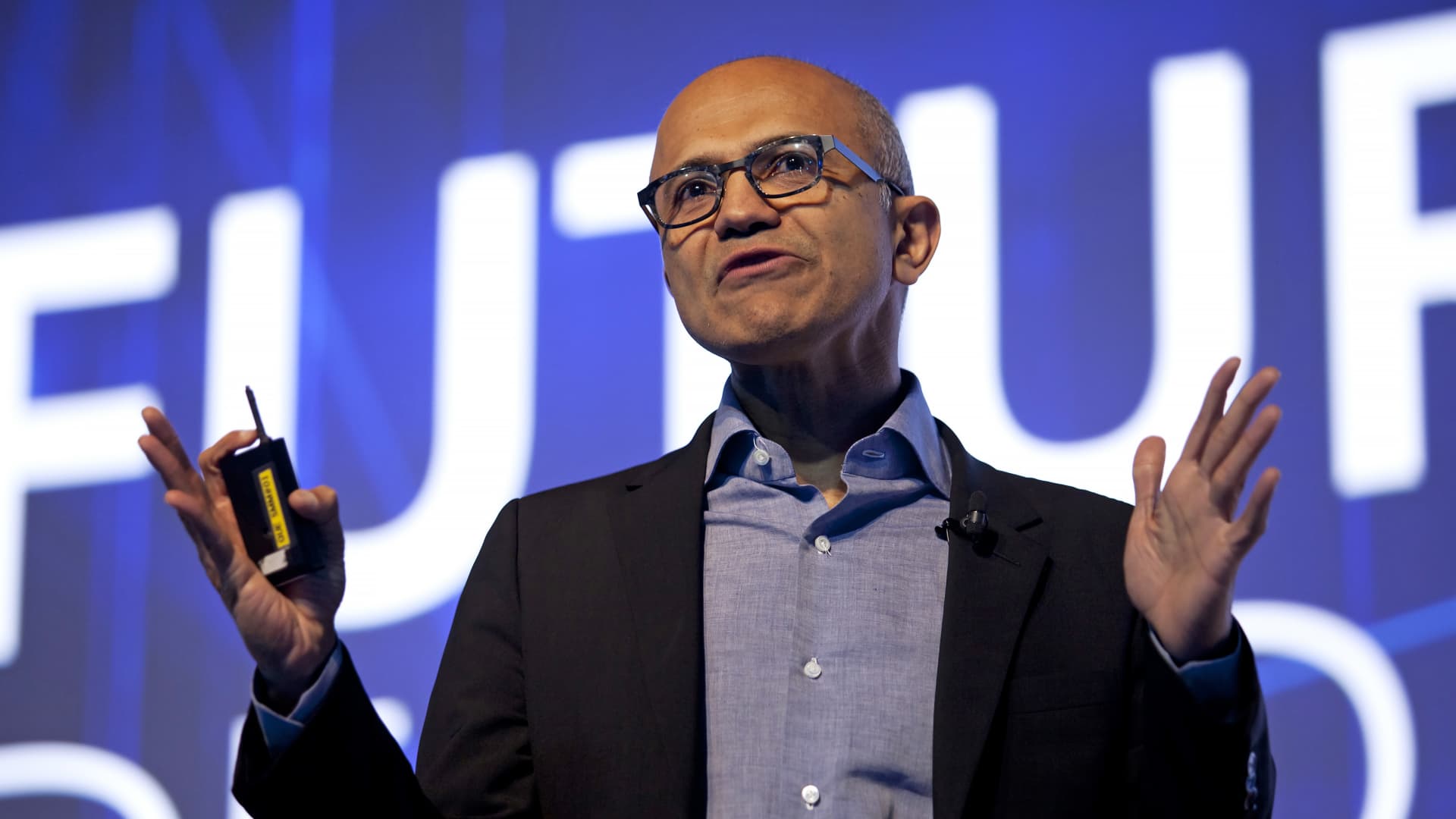Microsoft still isn’t disclosing the size of its Azure business, providing only the growth rate for the cloud business and leaving investors guessing how its revenue compares to Amazon and Google.
But in its much smaller Dynamics business, which includes software for salespeople, marketers and customer-service agents, Microsoft has suddenly opted for greater transparency.
In its annual report to investors last week, Microsoft disclosed Dynamics revenue in a table alongside other products for the first time.
Dynamics contributed $5.44 billion in revenue in the 2023 fiscal year, which ended June 30, growing 16% year over year, according to the filing, or double the growth rate of Microsoft as a whole. Dynamics expanded faster than any major product or service offering other than Server Products and Cloud Services, a grouping that contains Azure. It now represents 2.5% of Microsoft’s total revenue, up from 2.2% two years ago, the filing said.
While Dynamics is dramatically smaller than Microsoft’s dominant Office or Windows franchises or the younger Azure business, CEO Satya Nadella has opted to start emphasizing it more. Nadella, who once led a unit that included Dynamics, talked about the progress during the software maker’s earnings call last week.
“Dynamics surpassed $5 billion in revenue over the past fiscal year with our customer experience, service and finance and supply chain businesses, all surpassing $1 billion in annual sales,” Nadella said.
Microsoft’s principal competitor when it comes to Dynamics is Salesforce, whose business is significantly bigger. Technology industry researcher IDC estimates that Salesforce controlled about 23.8% of the market for customer relationship management applications in 2021, more than any other provider, while Microsoft had 5.3%. Both companies had gained share since 2019, while Oracle and SAP lost share, IDC said.
Nadella highlighted the introduction of generative artificial intelligence assistants for the cloud-based Dynamics 365 services. He also noted that Microsoft Sales Copilot, a tool capable of writing business-oriented email drafts, integrates with Dynamics as well as Salesforce’s software.
Partly motivated by Microsoft’s AI capabilities, some companies are switching to Dynamics from Salesforce, said Manny Medina, CEO of sales software startup Outreach. Dynamics can cost less money, and the underlying technology has improved, Medina told CNBC in an interview, adding that the growth is likely to continue.
“I’m seeing more requests to integrate into Dynamics, and more of my customers asking me to bring some of the things I have for Salesforce to carry over into Dynamics,” Medina said. “I’ve seen a spike in the last year.” Some of the momentum Outreach is seeing could be because the company began moving upmarket last year to serve larger companies, he said.
Meanwhile, Salesforce has hit some speed bumps in the past year. Bret Taylor, who briefly served alongside Marc Benioff as co-CEO, left in a surprise move. Revenue growth slowed at the company and activist investors announced ownership stakes. Salesforce responded by widening its adjusted operating margin earlier than planned and managed to avoid a proxy fight.
“Salesforce customer satisfaction numbers are at a record high and consistently trend above industry standards,” a Salesforce spokesperson told CNBC in an email. “Industry analysts continually rank Salesforce ahead of MSFT in all categories related to Dynamics.”
The spokesperson said elements of generative AI, which creates realistic text in response to human input after being trained on large data sets, are available in the Sales Cloud and Service Cloud products, and they’re being tested in Marketing Cloud, Commerce Cloud, the Salesforce Platform and Slack.
As a brand, Dynamics predates Salesforce. It began in 1993, when North Dakota-based Great Plains Software released client-server financial management software for medium-sized businesses. Great Plains went public in 1997, and Microsoft bought the company for $1.1 billion in 2001. Doug Burgum, who was CEO of Great Plains at the time, is now North Dakota’s Republican governor and a candidate for president.
Microsoft isn’t just pushing Dynamics to investors. The company has been more aggressive in selling the product this year, said Adam Mansfield, a practice lead at consulting firm UpperEdge, which helps companies negotiate with software vendors. He said Microsoft is offering subsidies to prospective customers who are already committed to Salesforce, and Microsoft is more willing to help clients with the costs of consulting services to assist with implementation.
“Microsoft is pretty much coming in and going, ‘We’ll make it as cheap as you want,'” Mansfield said.
Microsoft declined to comment on pricing.
WATCH: Portfolio manager explains why Microsoft is his pick for the AI investment theme
Image and article originally from www.cnbc.com. Read the original article here.

